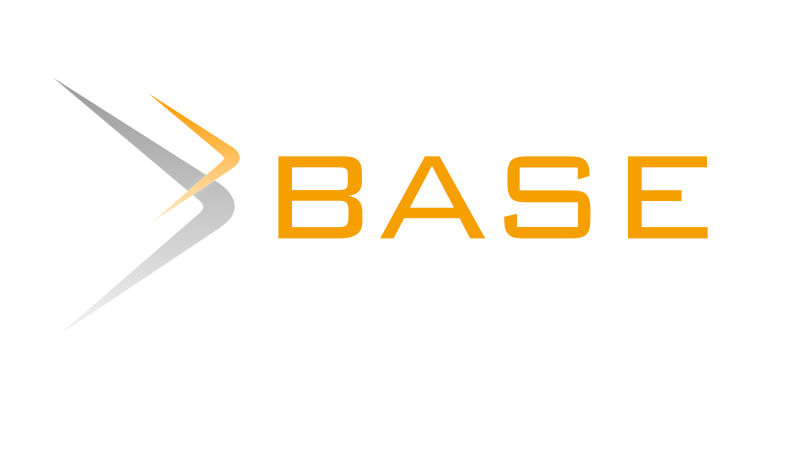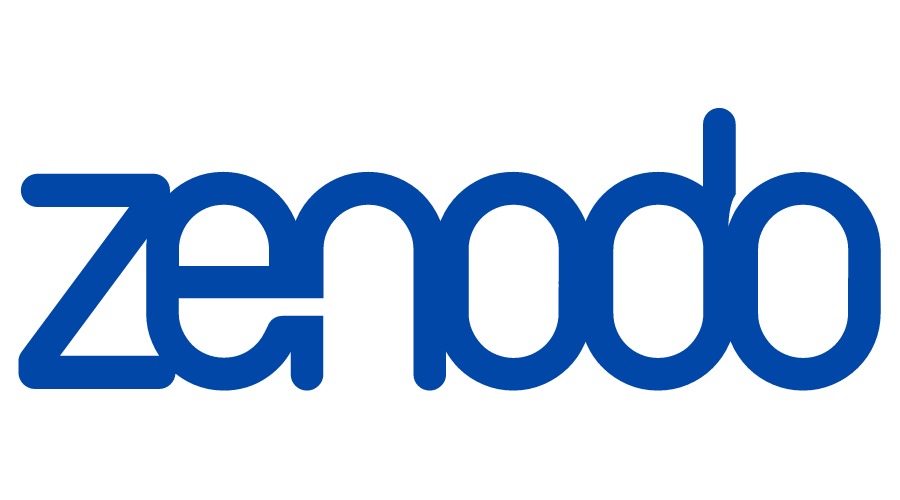International Journal of Contemporary Research In Multidisciplinary, 2025;4(5):273-278
Circular Water Economy in Industry: An Integrated Approach to Achieving Global Water and Innovation Goals
Author Name: Talvinder Singh; Dr. Pooja Khanna; Dr. Simarjit Kaur;
Paper Type: research paper
Article Information
Abstract:
Water scarcity and industrial pollution are among the most pressing challenges facing India and the world today. Traditional linear models of water use in industries—“take, use, dispose”—have led to the overexploitation of freshwater resources and severe environmental degradation. The concept of a Circular Water Economy (CWE) offers a sustainable alternative by promoting water conservation, wastewater reuse, and resource recovery, while aligning with global sustainability and innovation goals. This paper examines the conceptual framework of CWE, explores global and Indian policy instruments, and analyzes practical strategies and technologies for implementation in industries. Through case studies from India, including Tiruppur’s textile industry, power plants in Gujarat and Tamil Nadu, and municipal-industrial collaborations in Nagpur and Vadodara, the paper demonstrates the feasibility and benefits of CWE. The study highlights both economic and environmental advantages, while also acknowledging challenges such as high investment costs, technical capacity gaps, and regulatory enforcement issues. Finally, the paper offers recommendations for developing a roadmap to scale CWE practices across Indian industries, emphasizing the importance of policy support, technological innovation, financial incentives, and awareness-building.
Keywords:
Circular Water Economy, Water Reuse, Industrial Sustainability, Zero Liquid Discharge, India, Water Conservation, Industrial Innovation.
How to Cite this Article:
Talvinder Singh,Dr. Pooja Khanna,Dr. Simarjit Kaur. Circular Water Economy in Industry: An Integrated Approach to Achieving Global Water and Innovation Goals. International Journal of Contemporary Research in Multidisciplinary. 2025: 4(5):273-278
Download PDF


